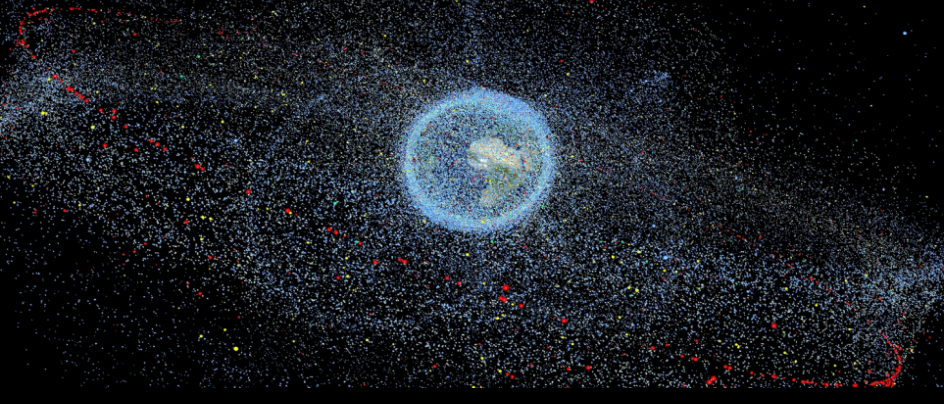Speaker
Description
Over the past six decades, the near Earth environment of space has changed dramatically, from one traversed only by naturally occurring meteoroids and micrometeoroids (MM s), to one that is populated by thousands of artificial satellites dedicated to communications, navigation and the collection of Earth observation and astronomical data. Although around 1,200 operational satellites currently orbit Earth, the planet is also currently surrounded by a very large number of other objects produced by human activities in space - orbital debris (OD) [https://www.esa.int/Our_Activities/Operations/Space_Debris/About_space_debris]. To enable predictions of particle flux with time for the OD and MM populations, and hence the hazard they pose to spacecraft, environmental computer models such as NASA’s Orbital Debris Engineering Model (ORDEM) and ESA’s Meteoroid and Space Debris Terrestrial Environment Reference (MASTER) have been developed. Agreement between the fluxes predicted by these two models is not always good [Krisko et al., 2015] and it is therefore vital to validate and improve their predictive power with real data. Objects larger than ~few mm can be detected using ground and space-based radar and optical telescopes [e.g. Goldstein et al., 1998; Stokely et al., 2006]. For smaller objects, we must look to directly measure the flux, either in situ by means of active detectors or by returning spacecraft surfaces (either dedicated passive collectors or opportunistic samples e.g. solar cells, radiator panels etc.) for study in laboratories on Earth.
The choice between active and passive methods is dependent on the information required. Active sensors are designed to measure dust impacts in real-time, being able to measure numbers, velocities and trajectories (and potentially orbit) of particles. However, such detectors have rarely incorporated compositional analysis and therefore cannot distinguish between OD and MM origins. The degree of damage caused by these dust particles is heavily dependent on characteristics such as their relative velocity, impact angle, shape and composition (e.g. OD relative velocities are typically slower than for MM, but OD particles are likely to be less porous). It is also therefore important to be able to distinguish between the OD and MM populations, to fully understand the threat posed by these particles. Dedicated passive collectors are designed for return to Earth where surviving residues of the impactor can be studied by high sensitivity analytical instruments, permitting rapid identification of MMs versus OD, based on distinctive chemical signatures. For example, OD particles are commonly composed of metallic elements in major element combinations not typically found in natural MMs (e.g. Al, Fe, Ti, Ni, Cu, Cr, Mn in OD alloys). When supported by complementary laboratory analogues, details of the impactor's size and structure can also be inferred. However, unless a constant pointing of the surface was guaranteed throughout the mission, pre-impact orbits cannot be determined.
In our talk we will describe some of the active and passive collection methods, their pros and cons and present details of the dedicated passive collector we are currently working on.
References:
Krisko et al., 2015. ORDEM 3.0 and MASTER-2009 modeled debris population comparison. Acta Astronautica, 113:204-211.
Goldstein et al., 1998. Radar observations of space debris. Planetary and Space Science, 46:1007-1013.
Stokely et al., 2006. Debris flux comparisons from the Goldstone radar, Haystack radar, and Hax radar prior, during, and after the last solar maximum. In Proceedings of the 36th Scientific Assembly of COSPAR, Beijing; China.

